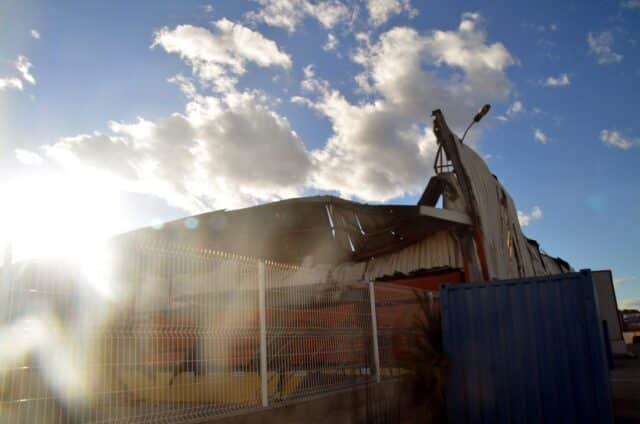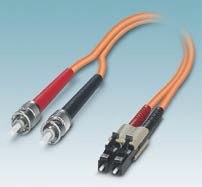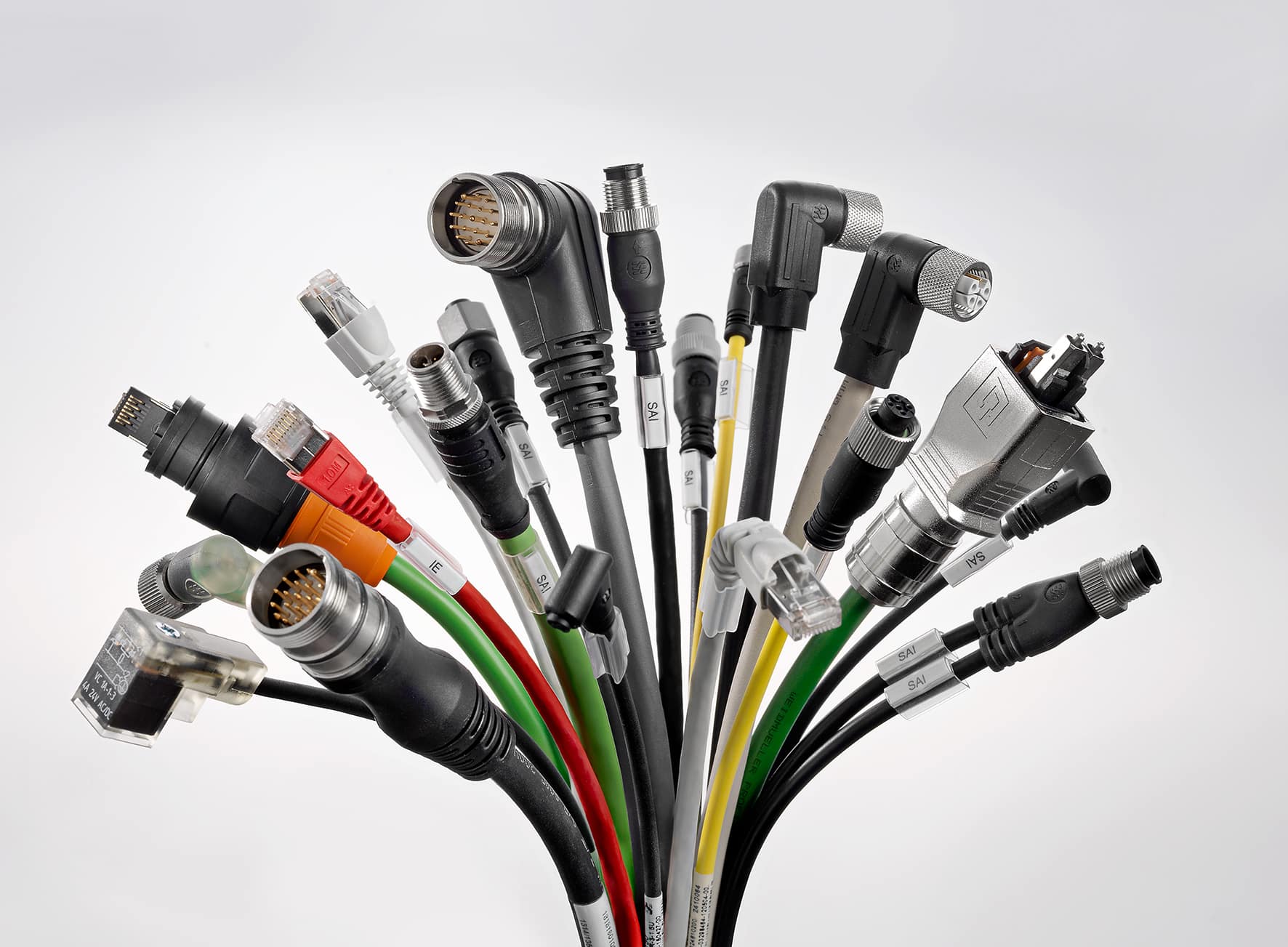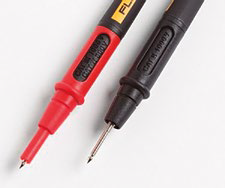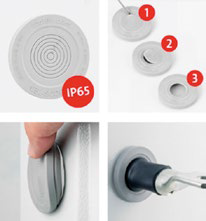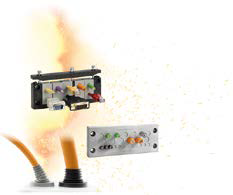Not everyone is aware of the capacity of cables to emit heat during the transport of energy. During the transport of said energy, the cables dissipate the heat generated by the electricity, thus losing part of their energy potential.
We must also take into account that cables are fundamental elements in the security of buildings. The safety of the cables and how they respond during a fire may depend on whether critical systems such as door opening, lighting, and ventilation work correctly or, on the contrary, stop doing so.
Protecting electrical cables against flames and possible damage during a fire is becoming increasingly important. In fact, building regulations can "force" us to take this aspect into account depending on the type of building that we are carrying out.
Why should we protect electrical cables and the passage of installations from fire?
Protecting cables and electrical installations is a key factor both in controlling a fire and in preventing the spread of fire between rooms or sectors through the cables themselves and, at the same time, guaranteeing the electricity supply to emergency services.
Let's review the first situation; electrical cables are responsible for maintaining the supply and operation of various systems that could be key when it comes to acting or quickly evacuating a scene victim of fire, for example; detectors for sprinklers, opening doors, opening gates, lighting security signs, sound communications and a host of other needs that could be less important in an emergency like this. Carrying out a correct fireproofing of the facilities and penetrations where the cables circulate, we can achieve optimal protection in case of fire that will allow us to keep the electrical systems in operation and therefore speed up the protection and/or rescue work.

Another possible scenario; Our electrical installations go through various partitions, joints, slabs, floors... in short, any architectural element of our building. If we do not protect adequately, all these penetrations will be an excellent path for the flames, which will find excellent fuel in the plastic of the cables to spread the fire between rooms. To avoid this, carrying out a correct fireproof sealing of penetrations for cables and installations can help us avoid large unwanted damage in the event of a fire.
The cables themselves can be in other cases the cause of a fire, and the fact is that the energy they carry generates natural overheating, which if not controlled could be the cause of sudden fires.
In all these cases it is essential to fireproof the installations through which the cables will circulate.
How are the facilities fireproofed?
Mainly there are three techniques used to prevent the spread of fire, smoke and gases during a fire, through cables, construction holes, downspouts and ventilation pipes.
Seal penetrations and gaps between sectors
To protect our facilities from the passage of flames it will be very important seal gaps and penetrations where the cables run, to do this, we will first fill the hole through which the facilities pass with rock wool (a fire-resistant thermal insulator). Once this gap is sealed, we will have to apply some


downspout sealing
fireproof sealants or mastics that will prevent the passage of flames through these holes in the event of a fire. In the same way, that it is essential to seal with intumescent collars PVC pipes, in order to prevent the spread of smoke and gases, which could intoxicate people who were far from the fire, waiting to be rescued or even the aid services themselves.
In the following video we can see an application example of the Promastop CC product, one of the best-known sealants for cable fireproofing.
This product is applied as if it were a putty, filling the gap between the passage of the cable and the wall, in this way, the fire cannot continue its passage in the event of a fire.
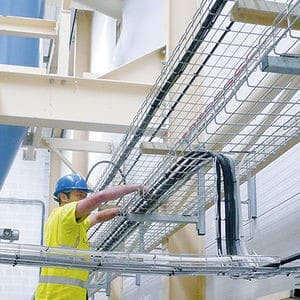
Protection of electrical cable trays
It is also very common fireproof electrical cable trays, since the regulations require that the cables in industrial buildings must always be placed in self-supporting trays that hang from the ceiling.
This fireproofing is done with the same products, that is, applying these fireproof sealants made from resins as if they were painting, covering the cables or the cable area that we want to protect.
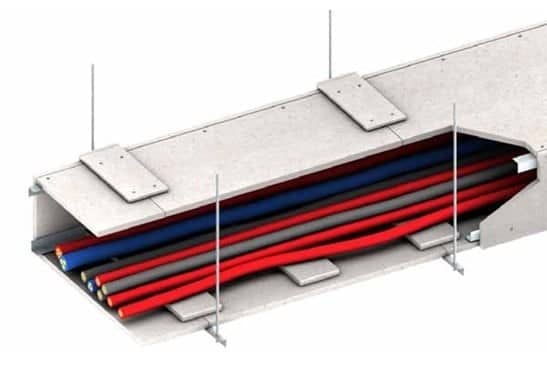
Another solution could be the protection of the cable tray using silicate-based fireproof plates. With these plates (generally white and quite heavy) a conduit is created so that we cover the entire passage of the cables. This conduit is an invincible barrier for the passage of flames, thus protecting the electrical installation in case of fire.
Conclusion
The factors that we must take into account in the event of a fire are many and most are surely details that most of us ignore. Paying attention to the smallest but most important details, such as maintaining electrical service at all times, can be the difference between a successful evacuation and fire control and no personal injury or not. Carrying out a correct fireproofing of cables is a


